These images* show the solar family with the members (planets) drawn to scale in each row. With our massive Sun at the center, and the mysterious solar wind as the medium of travel, these planets circulate like children in a great round nest. Any attempt at an astrologically-based understanding of our solar system must involve both heliocentricity and keen observation of each planet’s physical personality. See the book Sky Knowledge for an in-depth exploration of these ideas. Some physical data is given below.
1 Family Portraits
1.1 The Moon is our nearest celestial neighbour, and where all study has proceded from. The perfect circle of the full moon is significant in human thought, and the wonder of this orbiting body should inspire modern observers still.
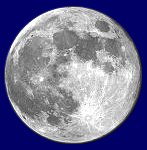 |
| our moon |
1.2 The inner planets are our nearest planetary neighbours. We are a collection of small and dense spheres, warmed in the Sunlight. Earth is 149 million km from the Sun, and Mercury is about a third of that distance.
 |
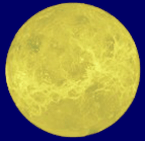 |
 |
 |
 |
| Mercury | Venus | Earth and Moon | Mars | |
1.3 All the planets are spread across vast distances. Our solar system contains four large planets in the outer regions. Windy Neptune is almost six times further from the Sun than great Jupiter.
 |
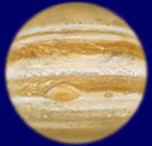 |
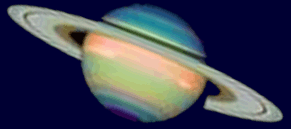 |
 |
 |
| inner planets | Jupiter | Saturn | Uranus | Neptune |
1.4 Our Sun is bigger than the largest planet Jupiter, by as much as Jupiter is bigger than Earth. The endlessly blazing star at the focus of our solar system holds Jupiter at a distance of 558 sun-diameters.
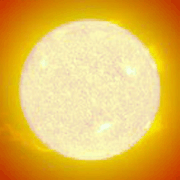 |
 |
|
|
2 Planetary Data
2.1 Timekeeping is based on planet rotation (for days) and planet orbital period (for years). Each planet has its own kind of clock. The local days and years given here are measured in Earth time.
| One local day | One local year | Local days per year |
|
| Mercury | 176 days | 88 d | half |
| Venus | 117 days | 225 d | 2 |
| Earth | 24 hrs | 1 yr | 365 |
| Mars | 25 hrs | 1.88 yrs | 669 |
| Jupiter | 10 hrs | 11.87 yrs | 10,471 |
| Saturn | 10 hrs | 29.45 yrs | 25,249 |
| Uranus | 18 hrs | 84.87 yrs | 41,163 |
| Neptune | 17 hrs | 164.90 yrs | 83,884 |
2.2 Some physical data pertaining to the planetary bodies. AU is the astronomical unit, the distance of Earth from the Sun. Density is shown relative to the Earth; Saturn is like a milkshake.
| Distance from Sun, AU |
Tilt of axis, degrees |
Relative density |
Moons | |
| Mercury | .39 | .01 | .98 | 0 |
| Venus | .72 | 177.36 | .95 | 0 |
| Earth | 1.00 | 23.45 | 1.00 | 1 |
| Mars | 1.52 | 25.20 | .71 | 2 |
| Jupiter | 5.20 | 3.10 | .25 | 63 |
| Saturn | 9.54 | 26.70 | .13 | 60 |
| Uranus | 19.19 | 97.86 | .23 | 27 |
| Neptune | 30.07 | 29.60 | .30 | 13 |
*planet images mainly from NASA